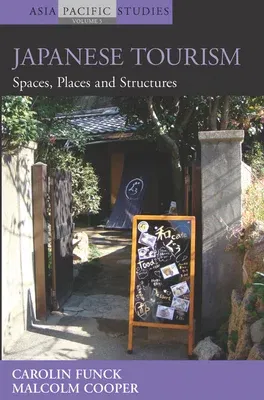Carolin Funck
(Author)Japanese Tourism: Spaces, Places and StructuresHardcover, 1 November 2013

Qty
1
Turbo
Ships in 2 - 3 days
In Stock
Free Delivery
Cash on Delivery
15 Days
Free Returns
Secure Checkout

Part of Series
Asia-Pacific Studies: Past and Present
Part of Series
Asia-Pacific Studies: Past and Present, 5
Part of Series
Asia-Pacific Studies
Print Length
256 pages
Language
English
Publisher
Berghahn Books
Date Published
1 Nov 2013
ISBN-10
1782380752
ISBN-13
9781782380757
Description
Product Details
Authors:
Book Format:
Hardcover
Country of Origin:
US
Date Published:
1 November 2013
Dimensions:
22.86 x
15.24 x
1.6 cm
ISBN-10:
1782380752
ISBN-13:
9781782380757
Language:
English
Location:
New York, NY
Pages:
256
Publisher:
Series:
Weight:
512.56 gm